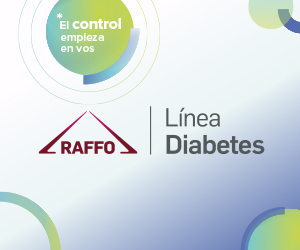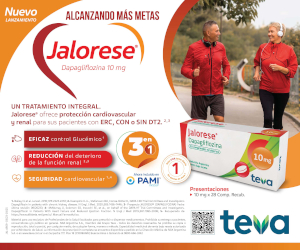P21 Adherence to pharmacological treatment in patients with diabetes mellitus type 2 and high cardiovascular risk
DOI:
https://doi.org/10.47196/diab.v54i3Sup.405Keywords:
pharmacological treatment, type 2 diabetes, cardiovascular riskAbstract
Introduction: The treatment of chronic non-communicable diseases, including type 2 diabetes mellitus (DM2), generally requires changes in lifestyle and pharmacological measures. Lack of adherence is a frequent problem around de world, ranging between 30 to 50% in different studies. Non-adherent patients have a higher incidence of cardiovascular events and higher mortality compared to adherent patients. Therefore, it increases costs in the health systems.
Objective: Analyze the adherence to pharmacological treatment indicated in a group of patients with DM2 and high cardiovascular risk. Assess the differences in clinical characteristics and scopes of therapeutic goals in the adherent population in comparison with non-adherent patients.
Study design and methods: We carried out an observational, cross-sectional and multicenter study. Patients with DM2 that assisted to the cardiology office from May to July 2019, were consecutively registered. From the total p with DM2, we included in the registry, the first two p of each day. Adherence was assessed using the Morisky-Green test, which consists of 4 questions with two possible answers options: YES/NO. We defined adherence when the 4 answers were affirmative. We consider a non-adherent patient when presenting 1 or more negative answers. Therapeutic goals were defined: blood pressure under 140/90 mmHg, 2) HbA1c < 7% and 3) LDL cholesterol < 100 in patients without Cardiovascular disease (CVD) and < 70 mg/dl in patients with CVD. 4) triple goal: points 1,2 and 3 within the corresponding values.
Results: 649 p were included in this analysis: 58,5% were men with a mean time of DM2 evolution of 10,7 years. 90,9% had hypertension, 79,1% dyslipidemia, 60,1% were obese (BMI > 30km/m2), 57,6% had sedentary lifestyle and 8,8% were smokers. Overall adherence was 54,5%. The general characteristics comparing patient’s non-adherent vs those adherents are shown in Table 1. Adherents patients more frequently reached BP
levels < 140/90 (57.94 vs 42.06 p=0,01) HbA1c < 7% (61,08% vs 38,92% p=0,00001), LDL-C < 70 mg/dl (31% vs 25% p=0,03) and triple goal showing no differences in LDLC in patients without CVD (60% vs 56% p=0,1). (FIG1).
Conclusion: In our registry, half of the patients were adherent to the treatment. Adherent patients reached blood pressure goals, glycemic control and LDL targets more frequently than non-adherent patients.
Downloads
Published
How to Cite
Issue
Section
License

This work is licensed under a Creative Commons Attribution-NonCommercial-NoDerivatives 4.0 International License.
Dirección Nacional de Derecho de Autor, Exp. N° 5.333.129. Instituto Nacional de la Propiedad Industrial, Marca «Revista de la Sociedad Argentina de Diabetes - Asociación Civil» N° de concesión 2.605.405 y N° de disposición 1.404/13.
La Revista de la SAD está licenciada bajo Licencia Creative Commons Atribución – No Comercial – Sin Obra Derivada 4.0 Internacional.
Por otra parte, la Revista SAD permite que los autores mantengan los derechos de autor sin restricciones.


































